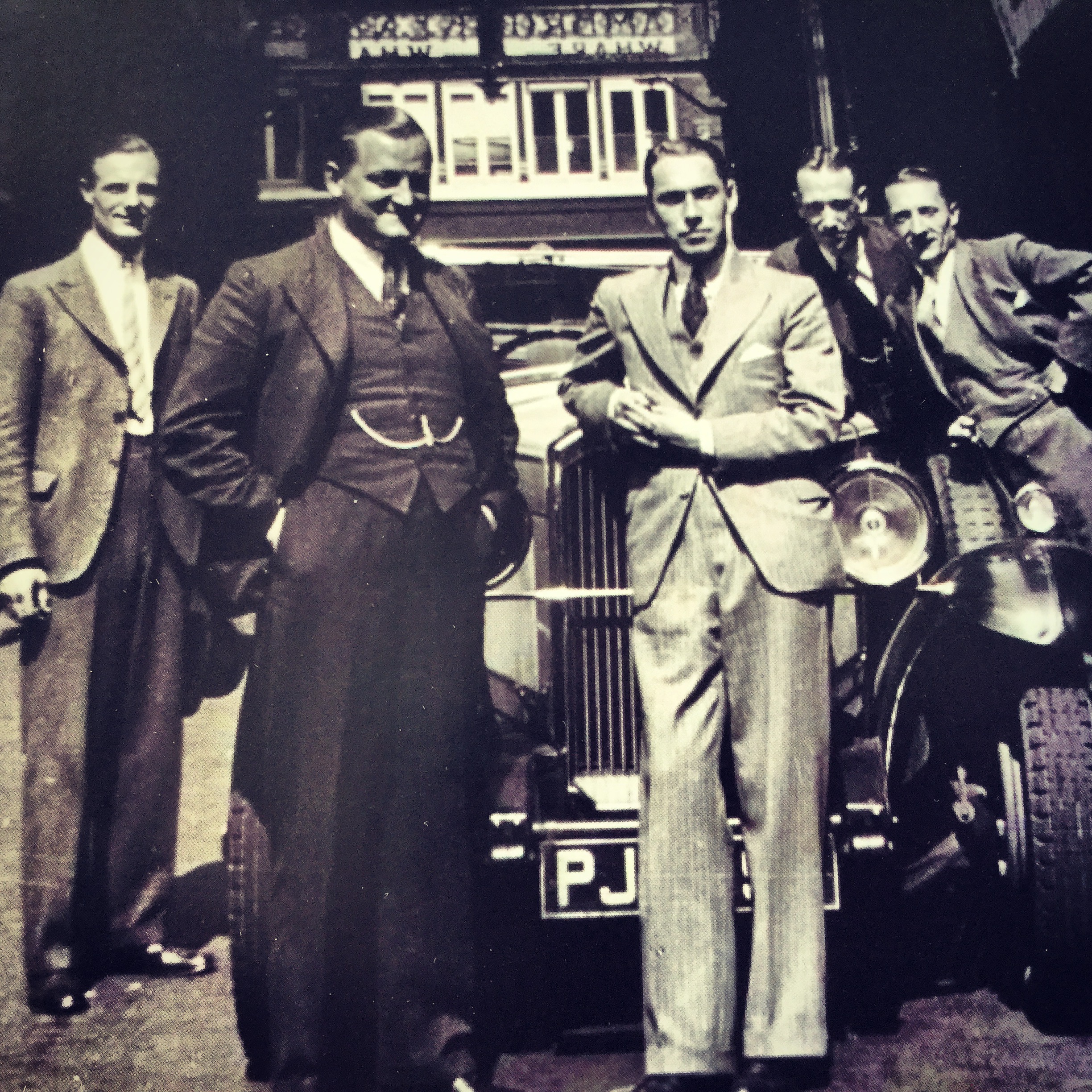Lonely Planet Magazine
Mr Londoner's Perfect Day in London, Lonely Planet Magazine, January 2020.
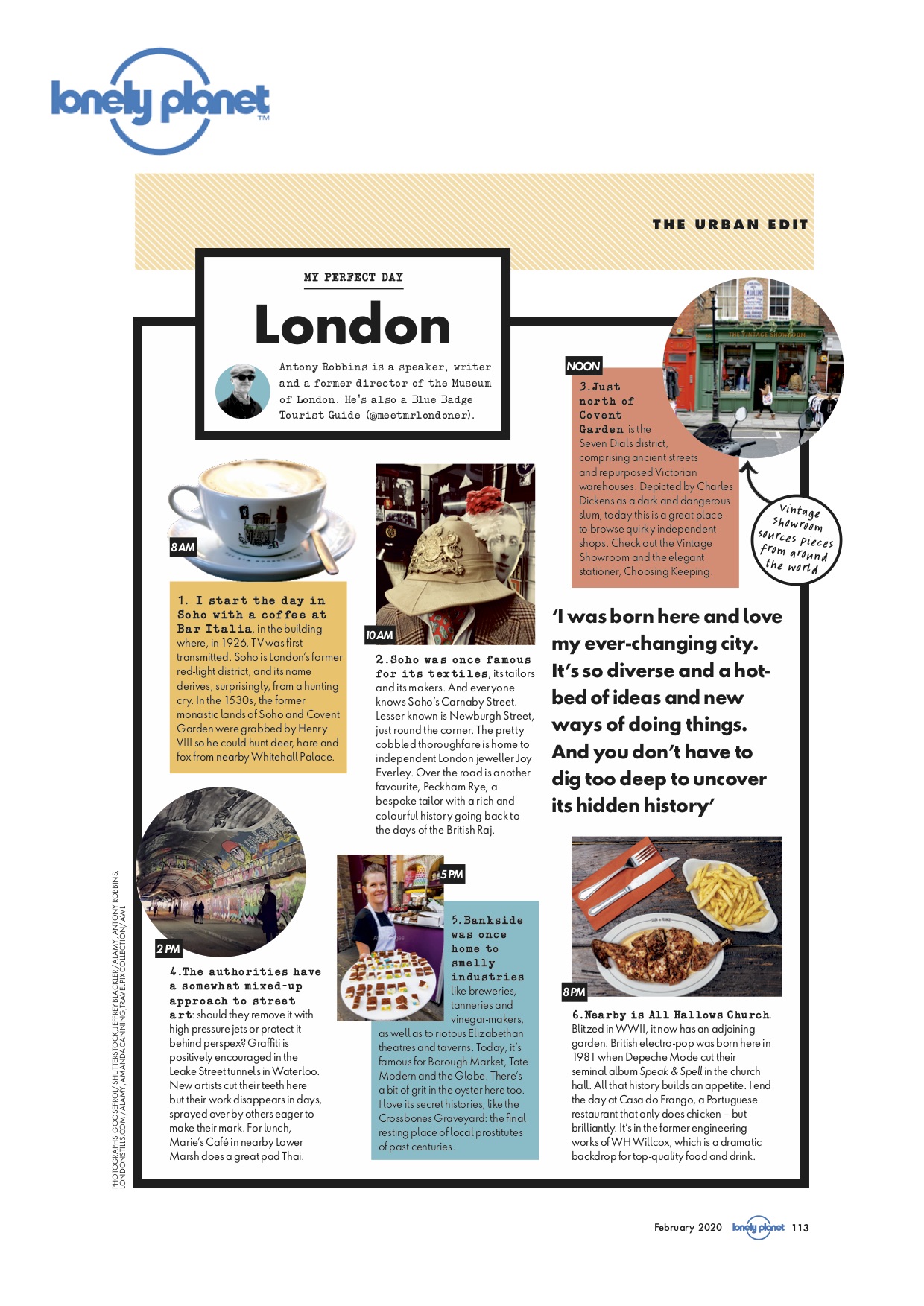
Soho Music Month - West End Extra
Last summer Mr Londoner ran all the tours for Soho Music Month for the neighbourhood's leading landlord, Shaftesbury PLC. Read all about it.
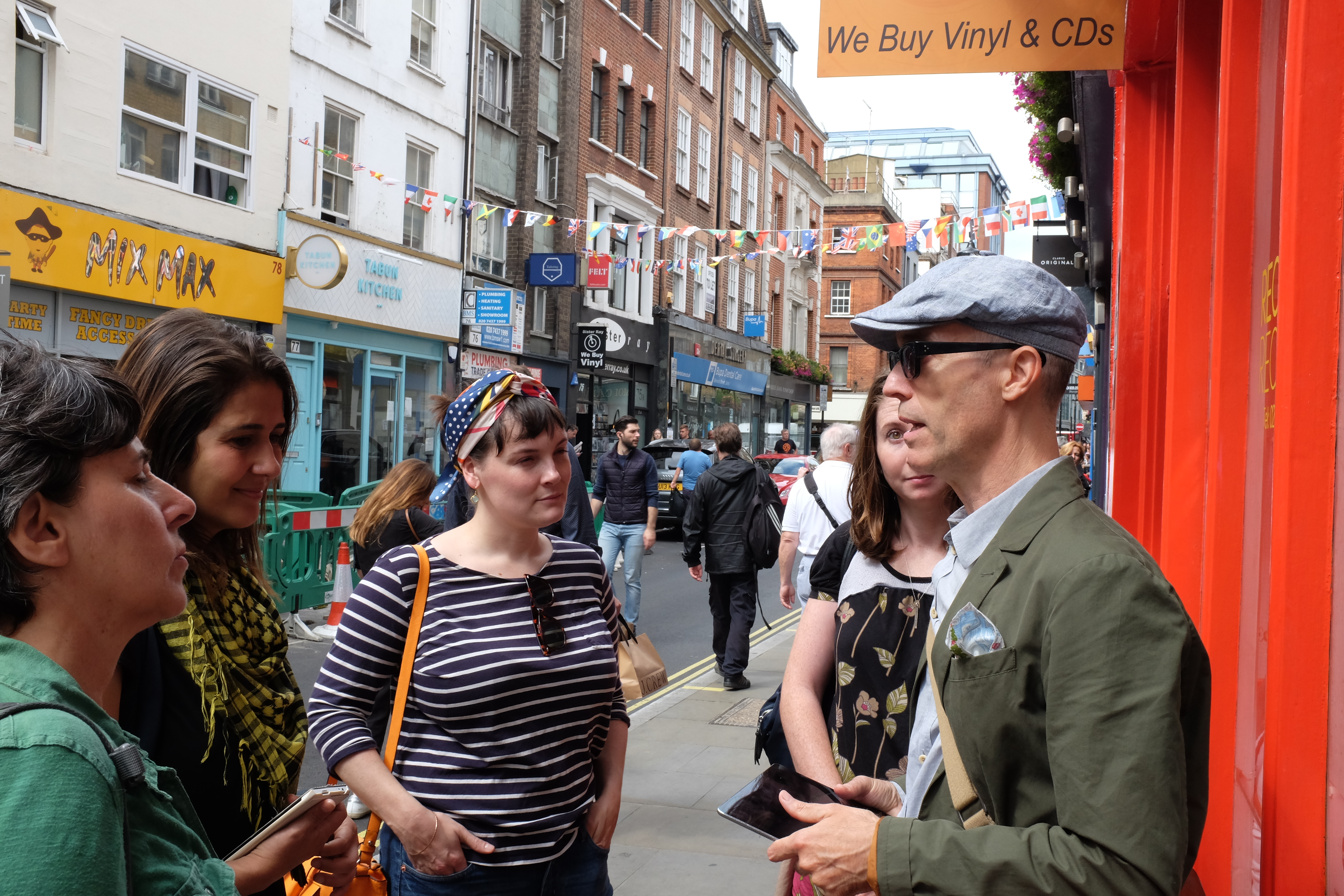
London's Darkside
A trip through Bankside - one of London's most surprising neighbourhoods.
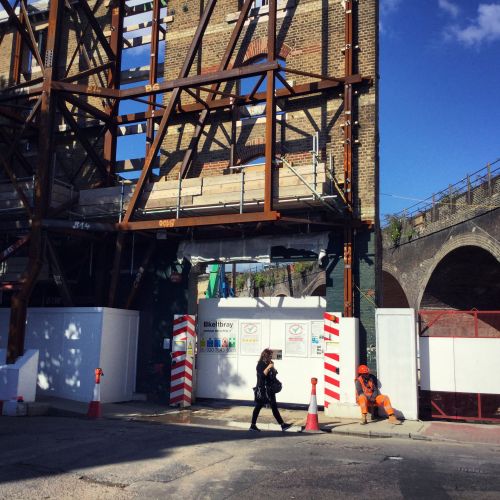
I Saw Three Ships
Ahoy! A trip aboard some of London's ships.
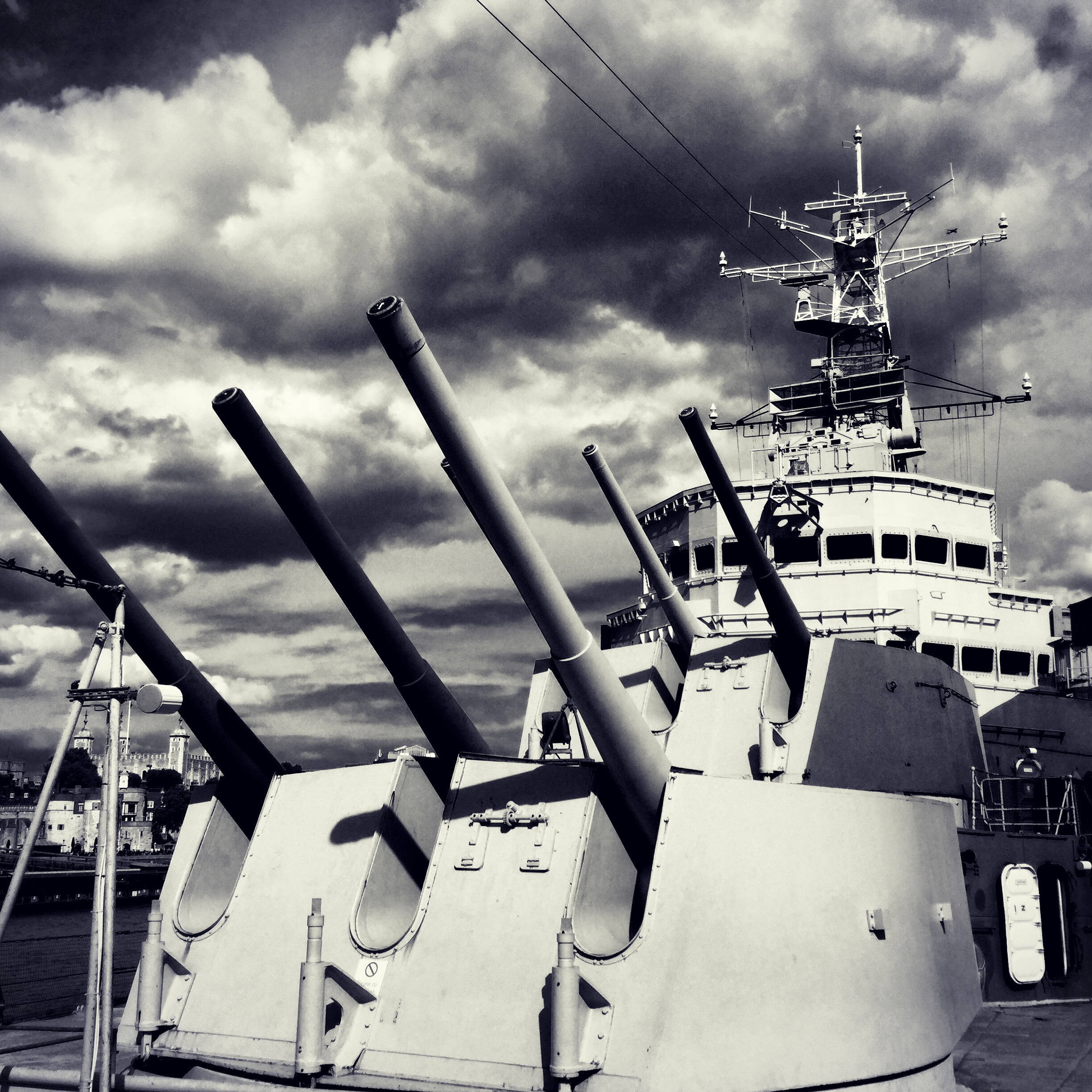
Lost in time with Antony Robbins
The Pass Magazine. Trade press article about developments at the Museum of London.
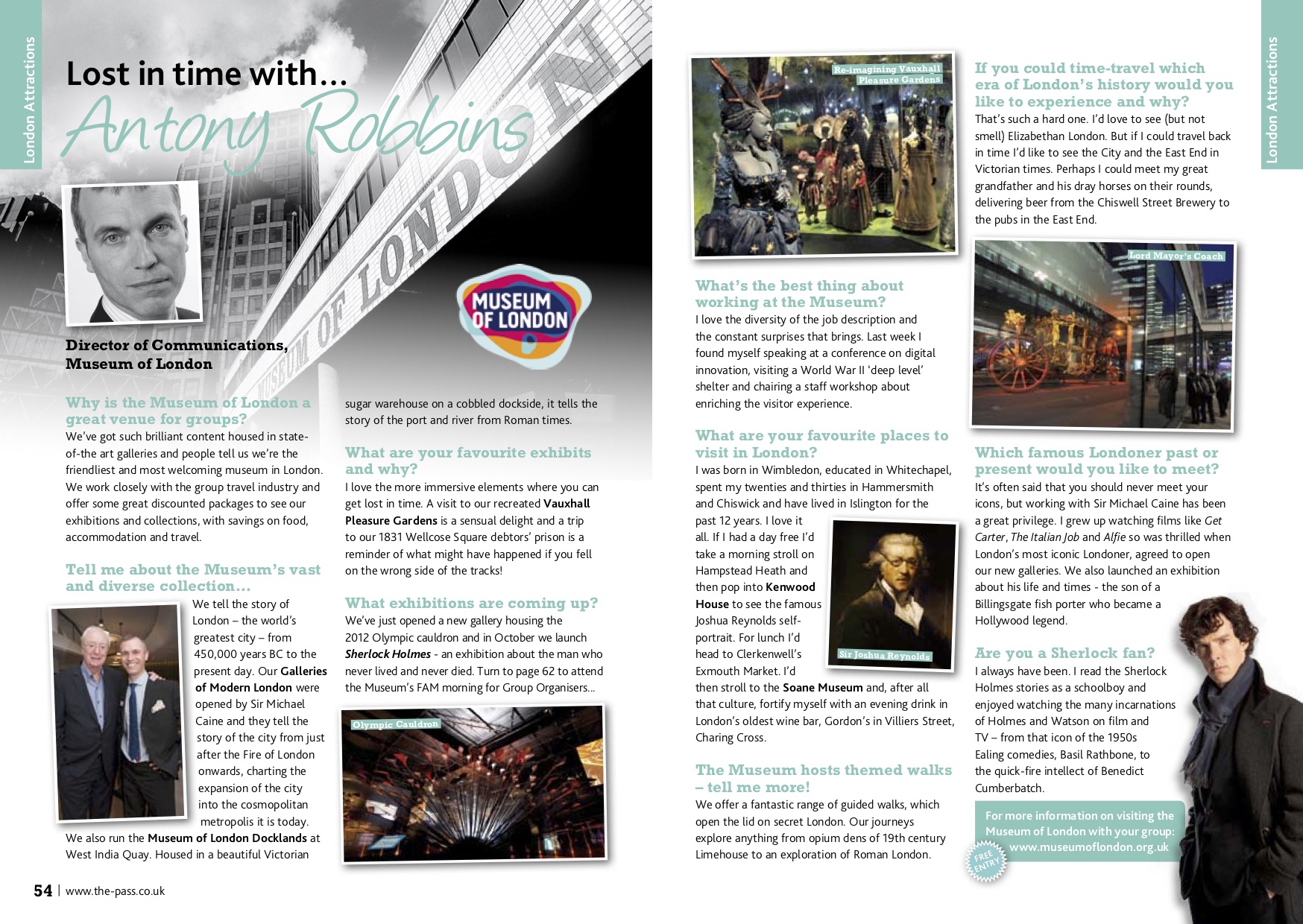
Guiding after the Lockdown
Interview in Group Travel and Leisure Magazine about guiding post-lockdown. Click here for September's digital edition and go to pages 10 and 11.
.jpg)
Seven Wonders of the Waterfront
We join writer and broadcaster Mr Londoner, aka Antony Robbins, for an exploration of the capital’s Victoria Embankment - itself something of a wonder. Created in 1862 by pioneering architect Sir Joseph Bazalgette, the idea of building an embankment was first devised by Sir Christopher Wren. This was part of Wren’s grand - yet unrealised - plan to re-build the city of the Great Fire of London in 1666.
The Palace of Westminster
London is a city built on its river. As we stand on the Victoria Embankment we are at the centre of power and the heart of democracy. The Palace of Westminster is home to both our House of Parliament and House of Lords. The building is constructed in the neo-Gothic style, which echoes the 1,000 year-old Westminster Abbey over the road.
The current Parliament building was completed between 1840 and 1876 after the fire of 1834, which consumed the previous structure. The architects Augustus Pugin and Charles Barry went to painstaking lengths to make their new creation was perfect in every detail. Its strategic position on the river was favoured by the Duke of Wellington: it would only have to be defended from three sides if attacked. Today Parliament is wrapped in scaffolding and needs £50m of urgent repairs. Full restoration will cost much, much more. Big Ben is currently shrouded in its own full-metal jacket pending £80m of repairs. Currently only its east face can be seen. It’s still keeping perfect time, however. Not bad given it’s 177 years old.
Westminster Bridge
Westminster Bridge dates back to 1864. Thomas Page was the architect and the design also includes Gothic embellishments by Palace of Westminster architect Charles Barry. It’s Central London’s oldest traffic-bearing structure across the Thames. The green paintwork references the green leather seating in the House of Commons. Vauxhall Bridge is next door. It sports red paint - the colour of the House of Lords’ leather benches.
Scotland Yard
The Metropolitan Police - known as the Met - was founded by Sir Robert Peel in 1829, through the Metropolitan Police Act. And the ‘Force’ now more commonly called ‘a Service’, has had various homes. Its first building was in New Scotland Yard, a street just off nearby Whitehall, but the name has stuck. Scotland Yard is to policing in London what Wall Street is to financial trading in New York. Since 2013, it’s occupied this site in the former Curtis Green building and polices 31 of London’s boroughs, with the exception of the City of London which has its own police force - as well as its own mayor.
In the early days of ‘the Met’, Charles Dickens tagged along on patrols. The force pioneered detection techniques including fingerprinting and identikit recognition. To this day British police remain largely unarmed and 90 percent of London officers go on duty without a gun. Mobile armed police units have patrolled the streets since 1994. The current status quo can, hopefully, be maintained because gun ownership is so low in the UK, with less than four in every 100 Brits owning a firearm.
One of Scotland Yard’s best secrets is its very private crime museum of grisly artefacts going back to the dawn of policing. There are ancient letters taunting the police. They are purportedly penned by Jack the Ripper. Other grim mementos include hangmen’s nooses. These, happily, are no longer needed as the UK’s last execution was in 1964.
There are items from the Great Train Robbery of 1963. These events were dramatised in the film Buster, staring musician Phil Collins. The 1988 movie was controversial, accused by some for its fairy-tale view of violent law-breaking. A more recent acquisition is a plaster cast of the hole drilled into the vault wall during the 2015 Hatton Garden safety deposit raid, where thieves swiped over £14m of items. The crime - perpetrated by a group of ageing villains dubbed the ‘diamond wheezers’ - could have been written as a film script and the events have already been dramatised.
Boudicca
On the corner of Westminster Bridge is the famous statue of Boudicca. She was a Celtic queen of the Iceni tribe, which once dominated East Anglia and the counties of Essex, Suffolk and Norfolk. In AD 60 or 61, allied with other British tribes including the Trinovites, she rose up against Roman governor Suetonious. Although a modern folk hero, Boudicca’s attacks on Roman cities including modern-day St Albans, Colcheter and London (or Londinium as it was then) claimed the lives of 70,000 to 80,000 people.
London was burned to the ground and archaeologists find evidence of the conflagration to this very day. Despite the tumult, Boudicca’s revolt failed. She died shortly after her defeat, some say she poisoned herself. The sculpture was commissioned by Queen Victoria’s consort, Prince Albert. Albert had in mind the comparisons between Queen Boudicca and Queen Victoria in the ultimate expression of girl power.
The bronze is by Thomas Thornycroft. He began the work in 1856 but died before it was fully completed. His son Hamo completed the commission. Boudicca, spear held aloft is accompanied by her daughters. She sits in her chariot with its deadly scythes for hub cups. Boudicca has been in her current position, charging towards Parliament, since 1902.
Battle of Britain Memorial
This 1985 memorial by Paul Day remembers the Few - the 3,000 or so pilots from across the globe - who fought in the Battle of Britain. Like Boudicca , this too is cast in bronze in deep relief. We see almost stand-alone images of the pilots scrambling to get airborne, resting between sorties and in mid-flight. The sense of tension is palpable as is the attention to detail of uniforms, flying gear and military hardwear. The memorial also remembers the many - the men and women who kept those planes and their pilots in the air engaged in activities from air traffic control to air raid precautions.
The London Eye
Over the water, on the south bank of the river, the London Eye - or ‘the wheel’ as most Londoners call it - celebrates its 20th birthday this year. It takes exactly half an hour to complete the cycle and views are spectacular, day or night.
The Eye has 32 pods. Each represents London’s 31 boroughs plus the City of London. The City is our financial centre, known as the Square Mile. It has its own fiercely independent traditions and governance arrangements.
The wheel stands at 443 feet tall (134 metres). It’s the UK’s leading attraction with over three million visitors a year and the brainchild of husband-and-wife team Julia Barfield and David Marks. It was planned as a temporary structure. But it became a permanent fixture when Londoners decided they’d fallen in love with it. It remains a potent symbol of the city’s contemporary skyline.
#virtualtrips
Join us this Sunday, 11 October, at 5pm, for our virtual tour On the Waterfront. It’s all free and you can enjoy the journey from the comfort of your own sofa. Mr Londoner is broadcaster, writer and former Museum of London director Antony Robbins.
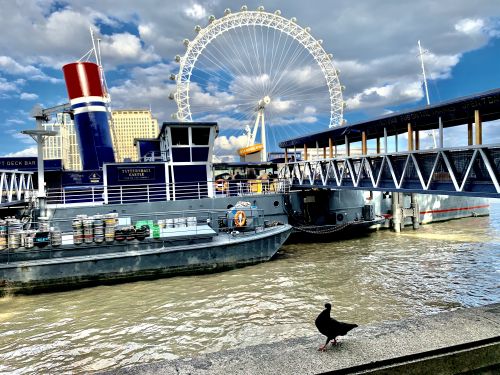
Shop the Look
Mr Londoner’s guide to dressing like a Peaky Blinder
If you’re a fan, the Peaky Blinders and their 1920s crime cartel, masterminded by super-stylish-super-villain Tommy Shelby, will need no introduction. If you’ve never heard of the BAFTA Award-winning BBC and Netflix mini-series hit … then you might want to stop reading now.
The show boasts a high-profile ensemble cast with Cillian Murphy as Tommy, Helen McCrory as Aunt Polly and Sam Neill as Major Chester Campbell. All of them sport a style that can be best-described as … untouchable.
Today, Peaky Blinders is in its fifth series. I suspect filming for a sixth might well be on the way were it not for the lockdown. Not even those highly-persuasive Peaky Blinders can fight a pandemic. The action is set in Birmingham between 1918 and 1929. Filming however takes place in Manchester, Bradford, Liverpool, Port Sunlight and the Black Country Living Museum. My colleague and Blue Badge guide for the City of Liverpool and Merseyside Julie Kershaw is a massive fan. Julie an expert on the Peaky Blinder locations, running highly-immersive and stylishly-attired tours in both Manchester and Liverpool.
Unlike its sister Netflix series The Crown and Downtown Abbey, none of the Peaky Blinders’ locations are alas filmed in the capital. We can however help you shop the look. London has some of the UK’s very best makers, tailors and vintage boutiques. These are independent businesses that truly understand material, provenance and craft. They also provide a quality and sustainable alternative to today’s fast fashion, so much of which ends up in landfill.
It’s estimated that Britons spend £2.7bn a year on throwaway fashions. Disposable fashion seems to have a relentless grip on the market. The leading companies (you know who they are) dominate our struggling high streets. They appear to care little about how garments are made - or the true costs of creating ‘cheap’ clothes on both people and planet. In recent years, some consumers are changing their thinking as we all collectively re-evaluate the way we live our lives, especially post-pandemic.
The Peaky Blinder look suggests something more permanent, more reliable and less driven by the vagueries of fashion. Tommy’s elevated style is one of three-piece worsted suits, fob watches and high collars worn with (and sometimes without) an elegant silk tie. Polly is Tommy’s aunt, the Peakies’ treasurer and the gang’s matriach. She sports dramatic oriental prints, felt hats and long coats with fur collars. May Carleton and Ada Shelby know how to dress the part too, in their gorgeous flapper dresses and fur coats. This is most definitely not the slouchy look of lockdown. But where to find it?
There are a number of options, catering for a range of budgets. At the top end there’s certainly no greater joy than having your clothes made. Contrary to popular opinion, not all London tailors are on Savile Row. And they don’t only cater for men. Head to Clerkenwell to Susannah Hall tailors. Susannah offers an ‘Entirely British bespoke experience’. She will craft beautiful clothes in any style - and from any era - for both men and women.
Nestled in charming Museum Street - a stone’s throw from the British Museum - is gentleman’s outfitter, Thomas Farthing. It’s described in the trade press as a ‘tweed powerhouse’. The Penny Farthing bicycle outside lets you know you’re in the right place. Its window is a beautifully-curated collection of silk ties, fedora hats, pocket squares, tie clips, braces (suspenders as they’re called over the Pond) and vintage-era accessories. And of course there are plenty of ‘news boy’ peaked caps in Harris tweed for the winter and linen for the summer. A visit to this eclectic store is like opening the door of Tommy’s immaculate wardrobe.
Hunky Dory Vintage is in the heart of the East End. It’s at the very northern tip of Brick Lane, famous for its curry houses, street art and hipster vibe. The shop specialises in clothes from the 1920s onwards. Stock is interesting, the owners are friendly and prices are reasonable.
Brick Lane is on the doorstep of Bethnal Green, birthplace of real-life 1960s crime bosses, the Kray twins. The Krays were truly nasty gangsters and today they’re over-romanticised as folklore anti-heroes. They were nothing of the sort. They were however played as a murderously-stylish pair by Spandau Ballet’s Kemp twins - Martin and Gary - in The Krays (1990). And Tom Hardy played both brothers in 2015’s Legend.
Covent Garden’s Vintage Showroom is a stand-out provider of some truly rare pieces, some dating back to the early 1900s. Prices reflect the rarity of the stock and the central London location. The place is certainly worth a visit however, especially if your vintage tastes are towards militaria from the 1920s to the 1950s.
Tommy and his gang favour stout, but smart, working mens’s boots, which wouldn’t look out of place on a parade ground. The family-run Joseph Cheaney and Sons has manufactured quality footwear since 1886. With a proud heritage and seven shops in central London it supplied the Peaky production team. Its beautifully-utilitarian Jarrow boot would fit the bill perfectly if you wanted footwear with just the right period look.
Bricks-and-mortar purveyors of really high-quality vintage and vintage-inspired clothing are getting harder to find these days in London - and indeed beyond. High rents, Covid-19 and the rise and rise of internet shopping have made for a hostile retail environment. But independent makers are still out there, if you know where to look.
The Grey Fox blog is a recommended read for older men who still want to dress well. It also has a pretty comprehensive list of British manufacturers of shoes, suits and tailoring, shirts, umbrellas, leatherware and accessories. Peckham Rye was born out of a tailoring tradition going back over the centuries. Today it’s a great online source of vintage-inspired clothing - with the quality to match.
A final mention must go to London’s charity shops. They support some of the UK’s 185,000 good causes - from international development to combatting homelessness and disease. They are currently bursting with stuff, people having had massive post-lockdown clearances. So now might be a good time to grab that faux-fox-fur stole or a Harris Tweed peak cap or, perhaps, even a collarless shirt from the 1930s. You too can look like Tommy Shelby.
Mr Londoner is writer, broadcaster and former museum director Antony Robbins.
